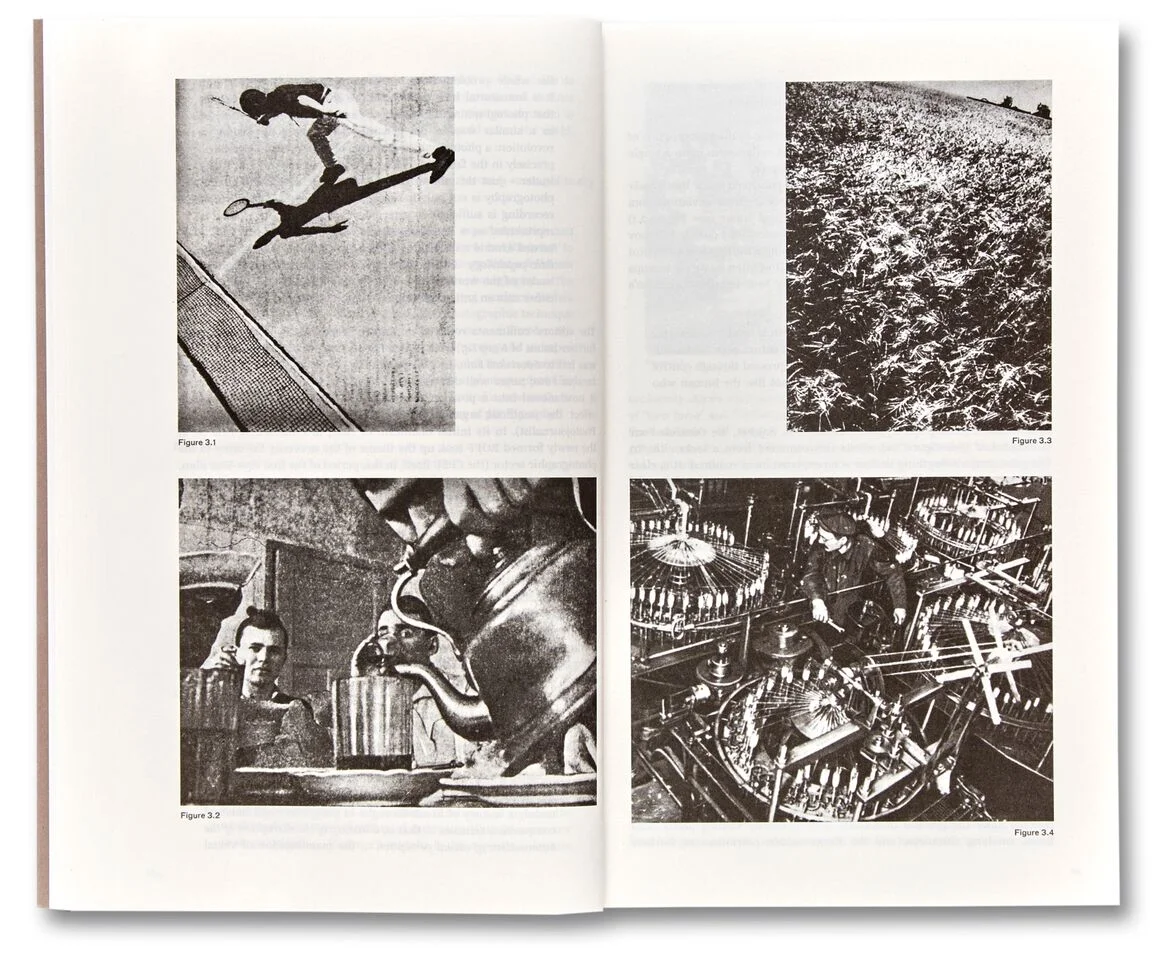Book Review: Writers and Their Cats
All pictures are from Writers and Their Cats by Alison Nastasi, published by Chronicle Books 2018, https://www.amazon.com/Writers-Their-Cats-Alison-Nastasi/dp/1452164576
By Maura Monaghan
August 8 is National Cat Day, and we’ve found the perfect book to help celebrate. Alison Nastasi’s Writers and Their Cats explores the (in)famous writerly temperament and its storied penchant for keeping feline company.
So why do writers like cats? Nastasi seems to think the observant, solitary life of a writer is a lot like that of a cat. There also may be a link between the high rates of stress, anxiety, and manic depression in creative circles, and the relief that a cat’s quiet comfort can offer from those afflictions.
Each two-page spread in this 112-page compilation includes a portrait of a famous writer and his or her cat. From shots of classically renowned authors like Sylvia Plath and Jorge Luis Borges to contemporary heroes like Stephen King and Judy Blume, the photographs in Nastasi’s book span decades and literary genres. Some are black and white; some are color. But all of these portraits extend the same invitation to the reader: through them, we can get a sense of the particular strain of intellectual that is the “author.”
In many of these photos, it is the subject who allows us in. In Ursula K. Le Guin’s portrait, she looks right into the lens with a warm but subtle smile, and poses in a way that allows viewers a look at the artwork and statuettes that decorate her home. Immediately, Le Guin’s face creates a sense of friendship and familiarity – which cannot be overvalued, since a writer’s home often doubles as an intimate creative workspace.
In other photos it is the tone, not the subject, that magnifies the writer’s temperament. The portrait of Mark Twain on page 76 appears to be a candid, but was clearly shot with careful attention to the moment it captures. Everything about Twain in this photo, from the bushy eyebrows nearly masking his curiosity to the cigar interrupting the beginnings of a contented smile, suggests Twain’s connection to the tiny feline that fits comfortably in his palms.
“For many authors,” writes Nastasi in the book’s introduction, “the cat simply reflects the true essence of the writer’s inner world.” She elaborates on this “inner world” in the page-long, author-specific blurbs that accompany each photograph, detailing everything from Hemingway’s status as “an unrivalled cat dad” to Neil Gaiman’s “particular affection” for his pet, Zoe.
Because the authors in this collection span lifetimes, so too do their photographers. Nastasi has compiled photographs from various research centers, archives, museums, and even Instragram accounts. This timeless grouping of writers and portraits proves the longevity of Nastasi’s belief that “In the writer, the cat finds a kindred spirit who is equally attuned to the subtle, unspoken nuances of life.”












